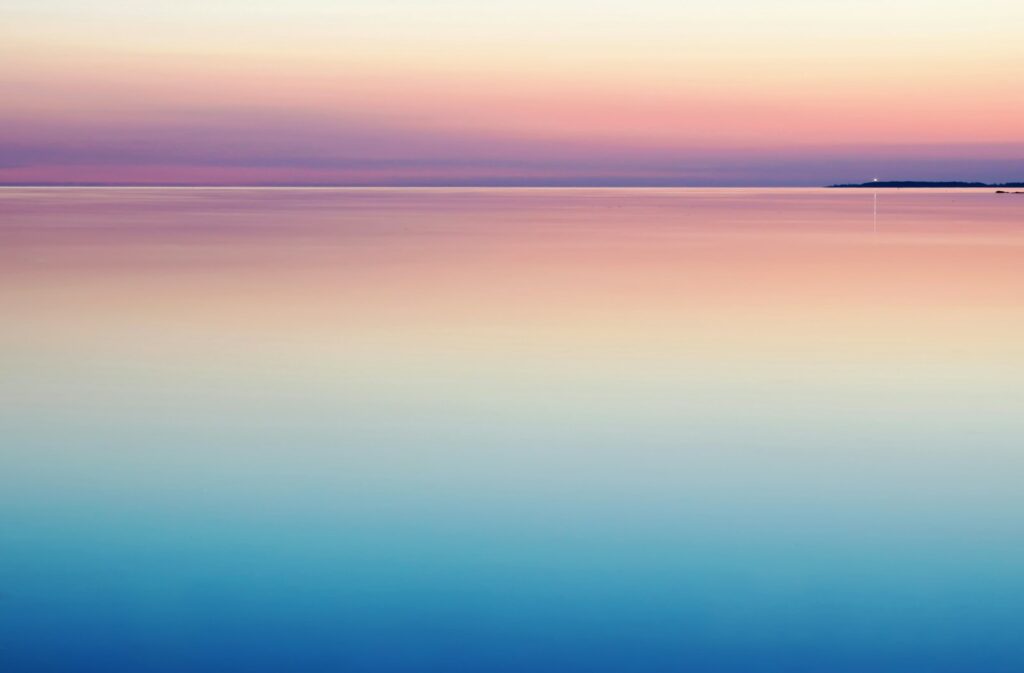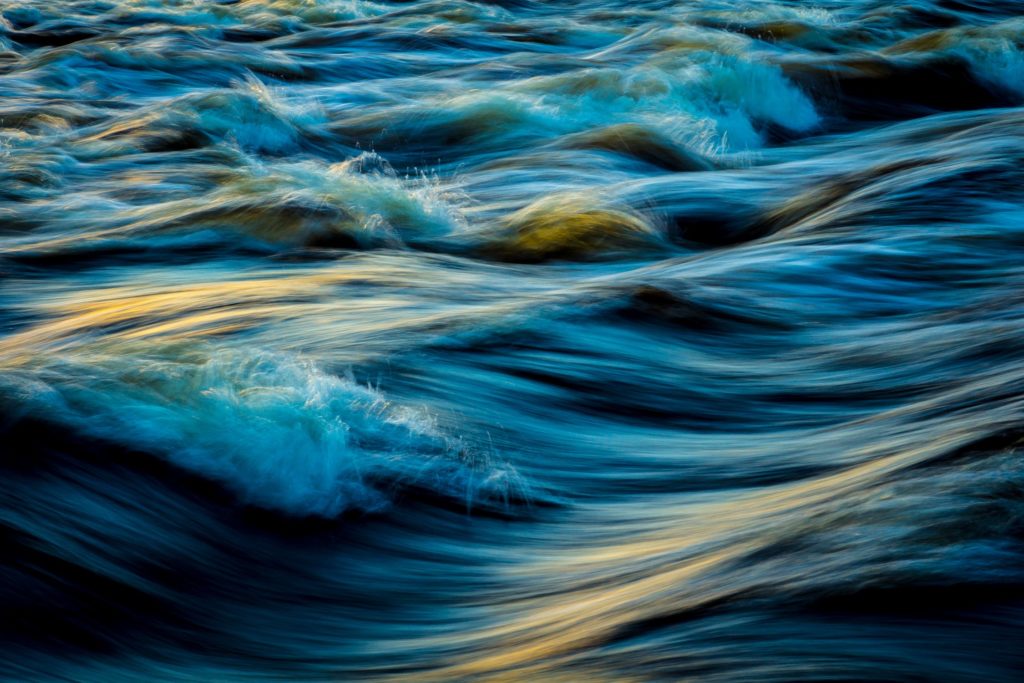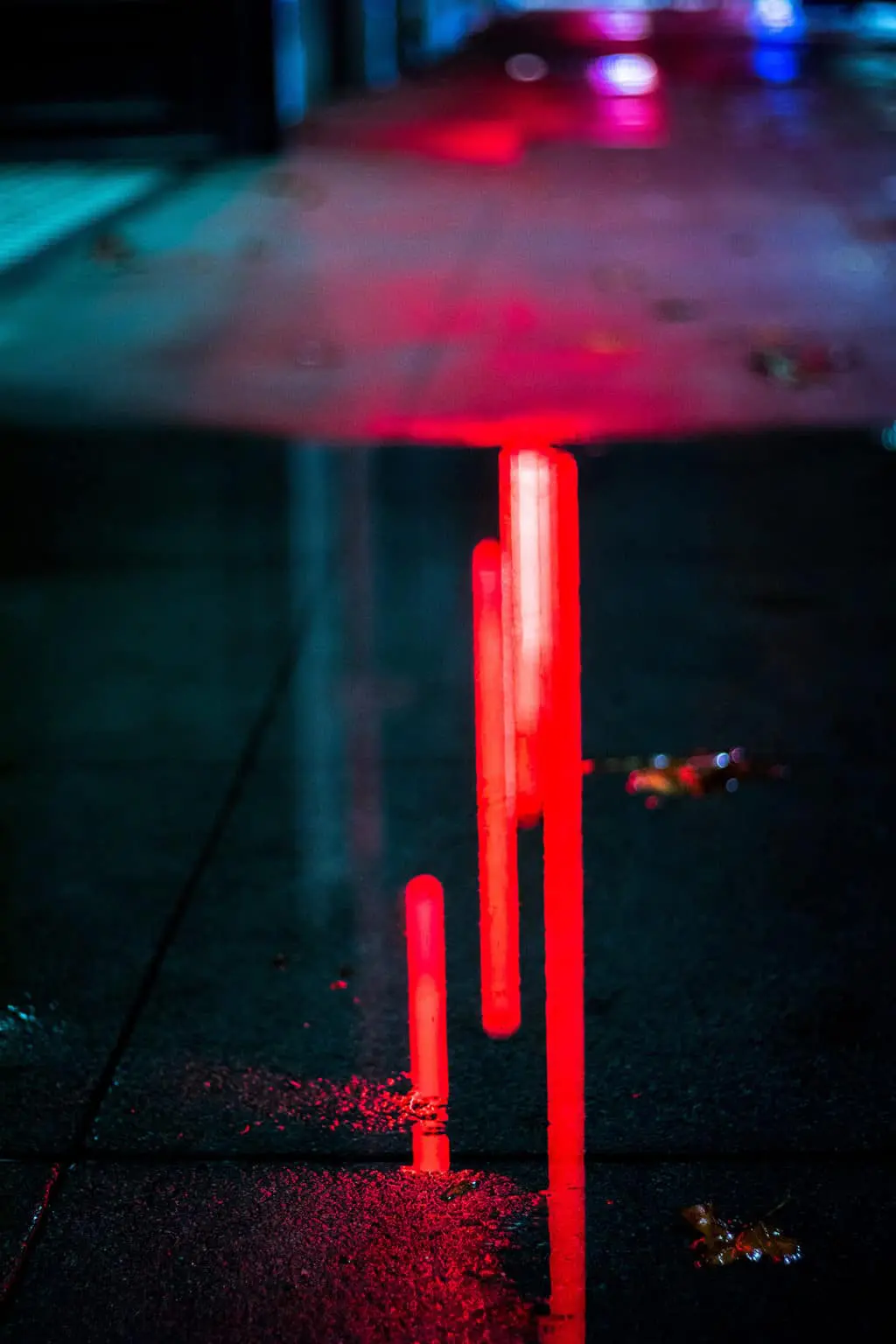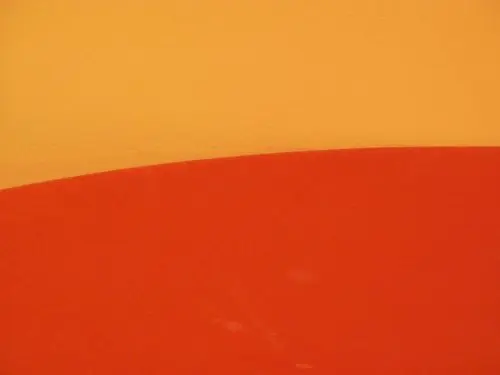If there is a genre of photography that is among the most challenging it would have to be abstract photography in nature. Abstract photography by itself is hard enough but finding abstract forms in a natural environment outside of an urban or city setting is almost beyond challenging. And that's what makes it so fun and makes the compositions to be found so compelling.
In this article, we will focus on both finding abstract compositions and finding them at the right time so that you have them in the right light. Hopefully, this will lead you to find more powerful and eye-catching abstract photographs in nature.
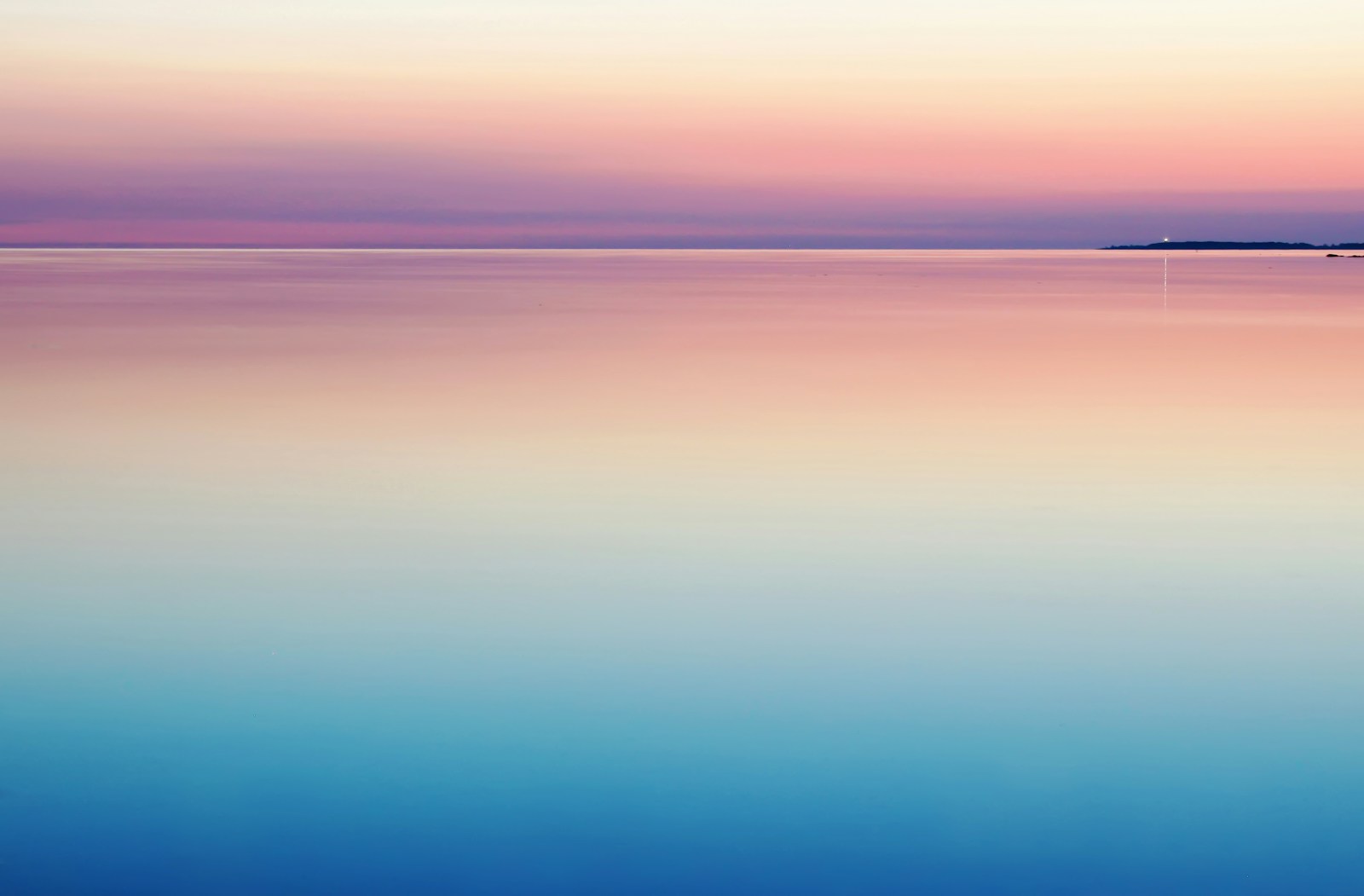
Key Takeaways
- look for large shapes
- look for patterns and textures
- look for negative space
- consider filters and a tripod to control your shutter speed
Maximizing the Impact of Light and Shadow
One of the better or bigger ideas that can be presented to a photographer who is endeavoring to take an abstract image in nature has to do with the interplay of light and shadow, which will almost certainly play a huge part in the final abstract image. Finding the composition is one thing but finding it in the right lighting conditions can really make or break this type of image as you can see from the examples on this page.
One of the keys to taking an effective abstract shot is maximizing the role of light and shadow. Traditionally, outdoor and landscape photographers have shown a huge bias towards shooting in the golden hours or sometimes the blue hours. This is when most traditional landscapes are taken as it is certainly an effective time of day to be shooting traditional shots. But what about light and Shadow when you're looking for an abstract form?
Honestly, this is a huge topic just by itself and depends largely on the circumstances in which you're shooting.
Ignacio Pallacios
Composition Mastery
The 10 Ingredients of Comosition Mastery incorporates a LOT of abstract concepts and elements to give you the exact tools that Ignacio uses to get so many photography prizes and awards. Take a look at it here.
Perhaps it's best to understand the facets of light and how they can be used before applying it in abstract nature photography. Let's take a look at the main components.
Quality of Light refers to whether the light is considered soft or hard. Soft light produces gentle transitions between shadow and light and is often found on overcast days or during the golden hours towards the beginning and ends of days. On the other hand, hard light often produces a hard distinction between shadow and light and can often be found during the middle of the day in the midday sun.
Both can be effective depending on the shot you are trying to take.
Quick Tip – I often look for opportunities for black-and-white shots when the light is hard as the harsh interplay between light and shadow can produce highly contrasting elements that present well in BW shots.
Direction of light as the name suggests refers to which direction the light is coming from and it is a major factor in how your images turn out. For example, front light tends to illuminate the whole subject directly whereas side light causes shadows across the subject, emphasizing textures and shapes. Finally backlighting can result in highlighting the edges of shapes as well as silhouetting the subject.
The Color of light in outdoor photography is mainly affected by the time of day. Evenings and blue hours will tend to cast cooler light, whereas warmer hues can be found during the sunset or sunrise hours of golden hour. The biggest effect that light color has on your images tends to be how it affects the mood.
Quick Tip – the quality of Shadows also has a massive impact on the outcome of your images as it directly affects the depth and dimensions of the subject.
Let’s Talk About Equipment
As with any photography, skills matter more than equipment, but equipment can make things a little easier if you plan.
Of course, you're going to need a camera and lens but in terms of abstracts in nature, there are a few other tools that you will probably want to pack.
Tripod – stabilizing your camera will be essential for many types of abstract image and so a tripod is absolutely necessary in those situations (or at least some method of stabilizing your camera.
Filters – when you are attempting to shoot abstract images controlling the light is also an extremely useful ability to have. ND filters will allow you to have some control over the shutter speed you need to use. Something as extreme as a 10-stop ND will let you use very very slow shutter speeds for example.
We are cluttered with images, and only abstract art can bring us to the threshold of the divine. – Dominique De Menil
Finding Powerful Compositions in Abstract Nature Photography
There are many ways that you can approach abstract photography in nature but in all honesty, this is a very challenging task. Finding the abstract amongst natural forms often requires some lateral thinking. It is probably easier to go through a set of concrete examples to cover some of the possibilities and get your mind thinking along these lines.
Shapes – I find that looking for broad shapes can lead to some interesting abstract photography opportunities. For example in the image below the three obvious shapes were the rock in the foreground, the rock wall on the horizon, and the moon. Nothing else really existed at those scales and so I thought it would make an interesting image tending to towards abstract. This was hugely helped by the fact that I had ND filters and a tripod available so that I could use shutter speed to get the silky smooth effect of the water.
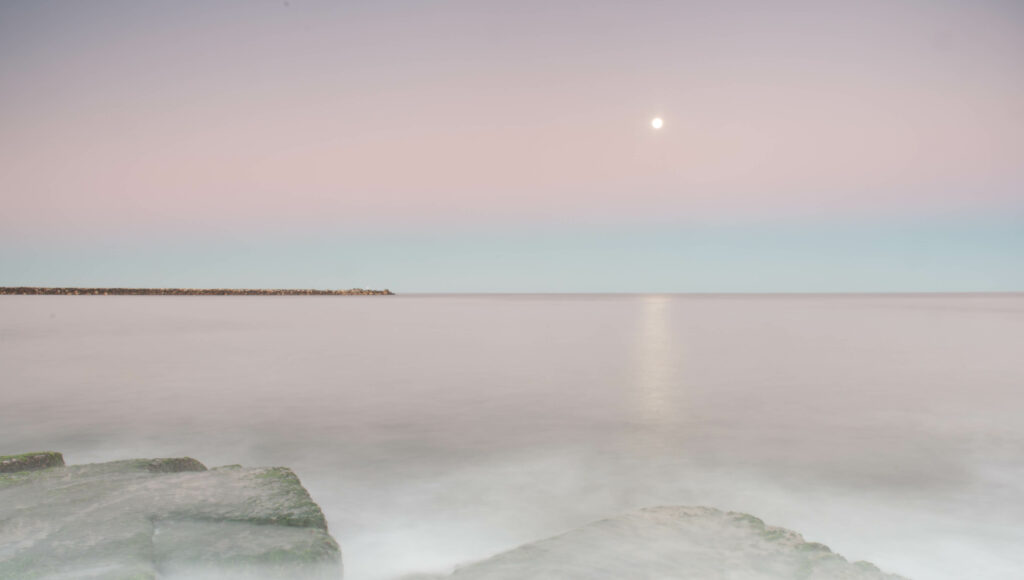
Shadows – looking for interesting shadows is also essential in giving yourself opportunities for abstract nature photographs. At different times of day, they can even be a large part of the subject and at other times of day, they can emphasize and draw the eye to the center of interest.
For example, see how the natural palm fronds in this image below create lines with shadows that seem out of place in a natural photograph, hence creating an interesting abstract form.
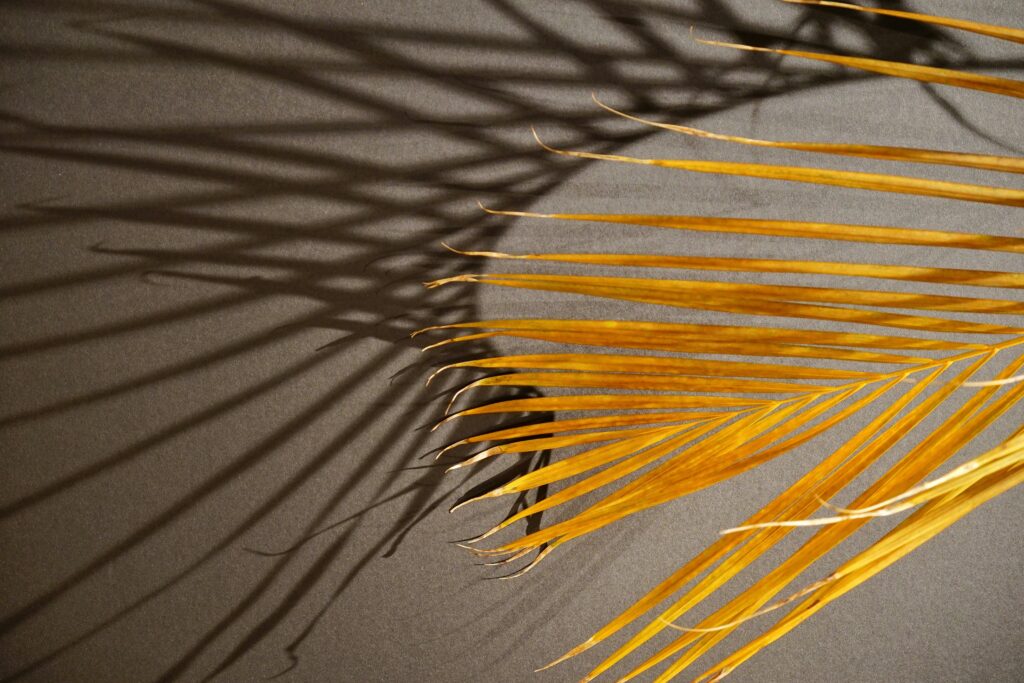
Minimalism – One of the more common approaches to natural abstract photographs is the use of minimalism. You can actually see this in both of the photographs above. Removing possible elements from a natural image is not commonly what we perceive or see in nature, and so it makes for a very effective approach to abstract. One piece of advice is to look for a single point of interest or just a few that are not affected by the busyness of the surrounding natural environment.
Texture – Texture also provides a common approach to natural abstract images. I'm sure we can all bring to mind images of the ripples in sand or the surface of a rocky beach. Again, these are excellent opportunities for abstract photography compositions when you can find them.
Negative Space – Another useful element in abstract nature photography is negative space. Perhaps one of the most commonly used negative space scenarios is isolating a subject against a blank sky. While that is a common example, there are many other possibilities in cleverly using this difficult composition technique. Blank spaces such as rock walls or even groups of leaves or trees that are uniform can provide the negative space in which to isolate another shape or subject. The way this photographer has isolated the reflective lake in the wider landscape and sky is a perfect example.
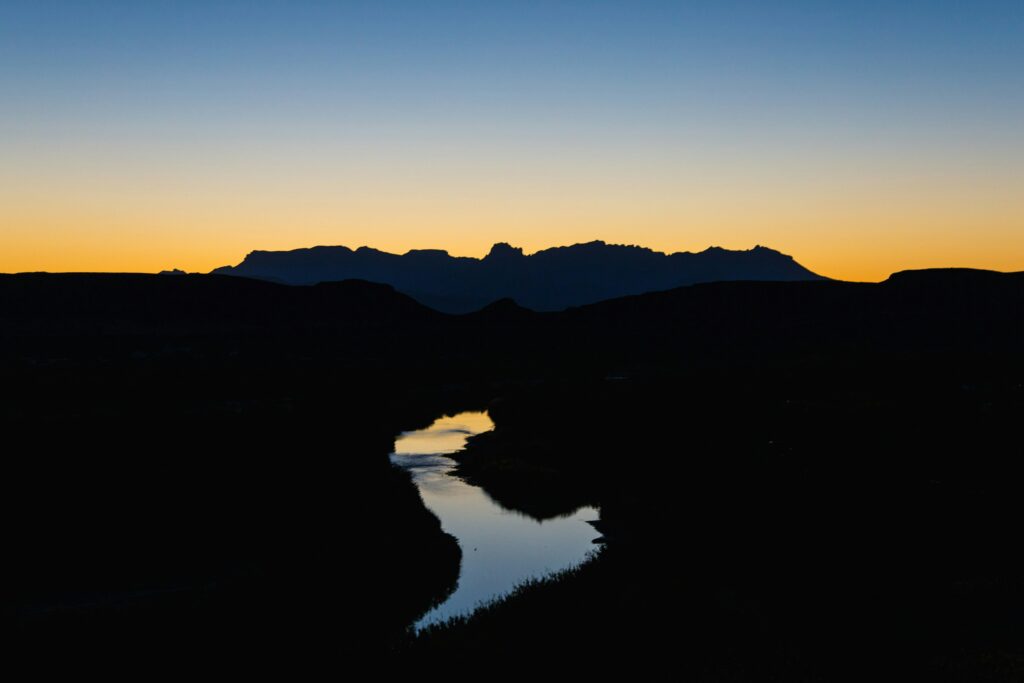
Post-Processing to Enhance the Abstract
The thing about abstract photography is that if you can get as much of the image correct while shooting, then you shouldn't need too much in the way of post-production. That is not to say you will need none, though.
Often, post-production in abstract images will involve techniques to remove distractions as much as possible as well as emphasize shape and shadow. For that reason, you will often find yourself moving toward the shadow slider and blacks, as well as taking several steps toward sharpening edges (obviously a generalization). These tools are easy enough to find in Lightroom.
For smudges and spots, you are almost certainly going to want to use the Heal brush in Lightroom. This will help you keep your abstract images clean and devoid of distractions.
Be careful about removing or adding elements to abstract images as you start to stray from photography and move towards graphic design in those scenarios. If you enter your images into a contest, make sure you read the rules first, and if you submit your images as documentary images, for example, journalism, then avoid it altogether.
Final Thoughts
I don't want to pretend that delving into abstract photography in nature is an easy thing to do – it's definitely not. But provided you keep a few things in mind, the results can really be worth the extra effort in thinking and planning for an abstract nature shot. Hopefully, this article has given you a few ideas to get out there and look for it! If you would like to take things even further, then a lot of abstract approaches to nature photography can be found in 10 Ingredients of Composition Mastery by Ignacio Pallacios here (seriously, this guy has won a slew of awards for his work).



